- #archive
- #ethnography
- #knowledge
- #music
- #podcasts
- #practice-as-research
- #social media
- #visual culture
Music Scenes and the SST Archive
Researching the dynamic living music scenes that surround SST presents certain challenges. Not least amongst these is that the material we gather is most often oral, or social media posts, rather formal written records, let alone statistics. With SST this is always with the consent and participation of the professionals and aficionados of these scenes. Making a virtue of the ephemeral and transitory nature of this material, the project’s research practice has been to film all the interviews or discussions we set up. These video records are much more shareable with the participants of the music scenes than any research report might be. Some of this material has already been edited; so far, we have two 45 min. research documentaries: The Future of Sound and Rockers Sound Station. But there is a lot more material for which we are seeking a video archivist. Archives are currently receiving a lot of attention, not least with numerous ongoing decolonizing projects. Thinking about how to make the best use of the SST video archive we’ve come across some really great archive projects that have been wayshowers for us as a research team on how we might conceptualize the archive – and create our own. This blog brings together some of the examples where such work is being done and how we at the SST project find methodological inspiration in them.
By Aadita Chaudhury
The Instagram account Brown History, accompanied by a podcast and a newsletter, is run by Montreal-based electrical engineer Ahsun Zafar. Brown History has been documenting snippets of South Asian art and history through the lens of personal archives, narratives and artefacts as well as that part of a institutional records.
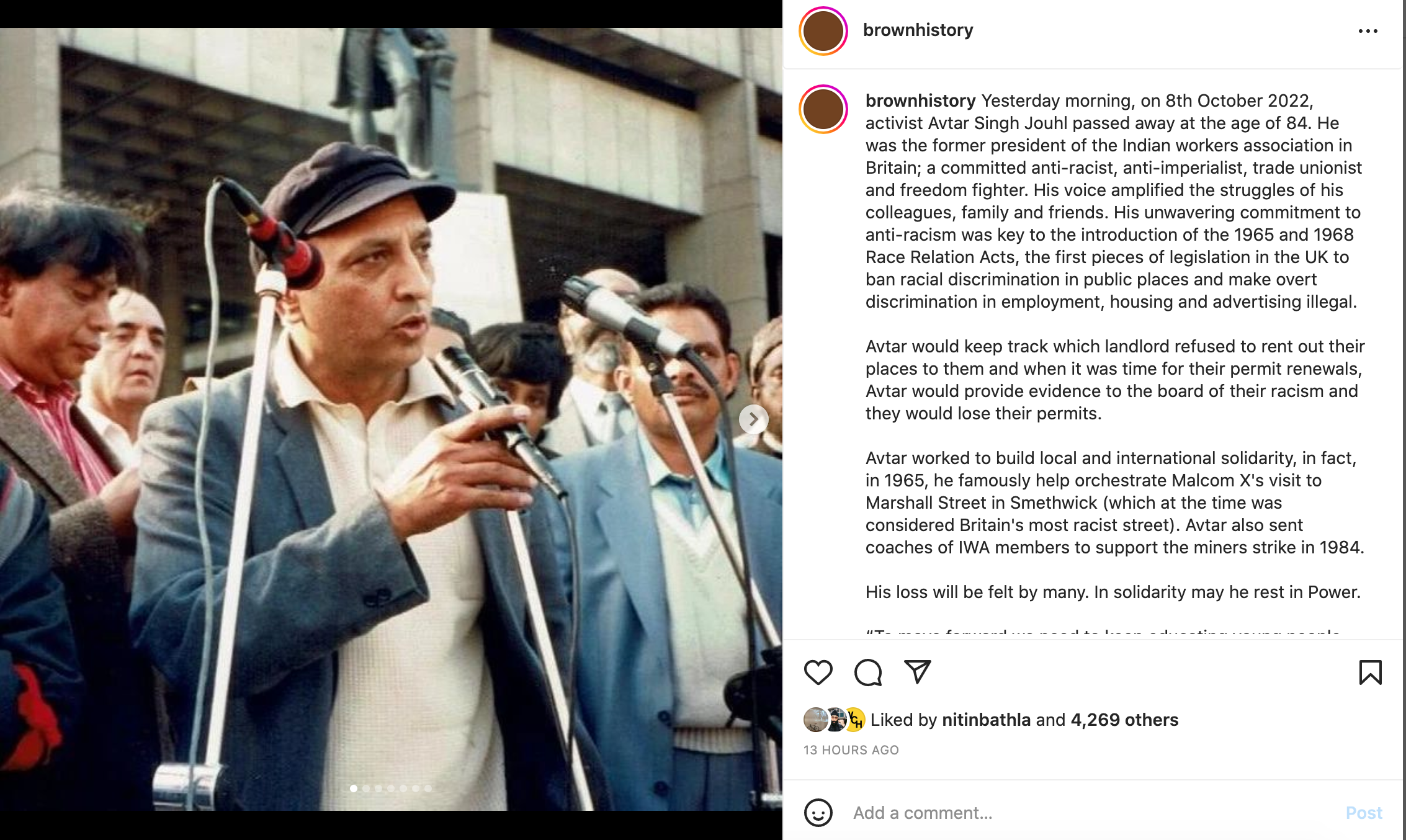
One of the key things Brown History does effectively is to create a bridge between local, individual, and personal narratives to larger processes and events in history. As we conduct our own case studies and work on various aspects of the SST project, we often come into situations where an individual’s personal experiences highlight echoes of a broader context. Brown History’s presentation shows us a way to incorporate these narratives effectively. Its contributions to the understanding South Asian social history in the UK also aids in our own understanding of how various different communities came together for the growth of sound system cultures.
The Oral History Society is an organization based in the UK that is devoted to cultivating the methods and archives of oral histories that shed light into many different aspects of life in the UK and beyond.
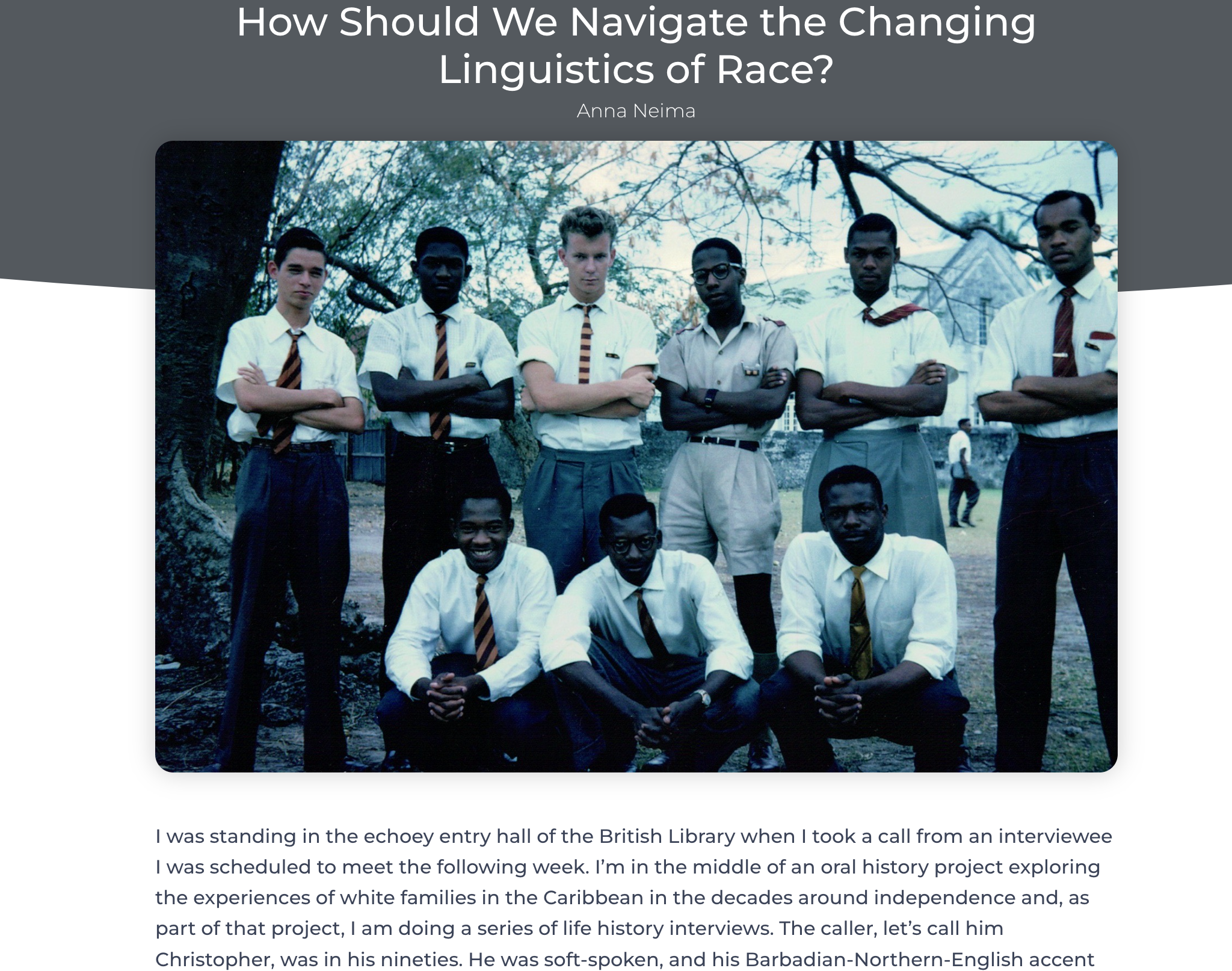
For instance, in the article pictured above, there is a discussion about the development of Black British English accents and uses of language that speak to the multifaceted histories of migration of the Black British community over decades and centuries. At SST, we are mindful of the ways that such histories of migration informed the development of sound system cultures and how they contributed to the way that the genres of reggae, dub, dancehall and others developed. Thinking of these cultural phenomenon as located in oral histories of communities and individuals helps us situate our own project in a larger context.
There is No Planet Earth is a visual archive of the history of house, disco, techno and the club culture of 1980 and 1990s in New York, Chicago, and Detroit. This archive portrays a very lively and affective view into the nightlife that was present in these decades in the context of larger social and cultural processes. It gives us specific information about individual scenes and their social and cultural infrastructures.
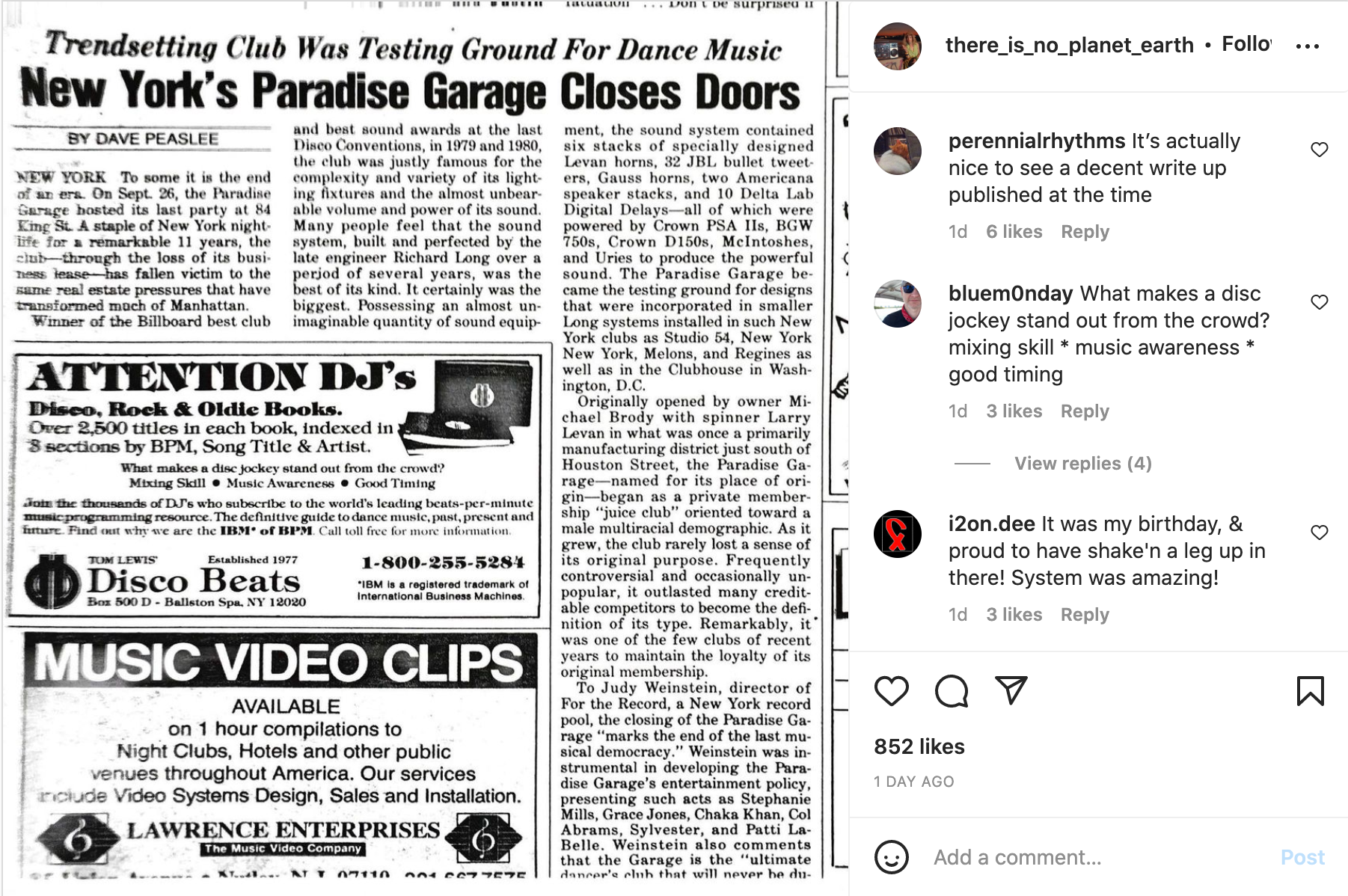
We in the SST team are also interested in the details of the actors and entities that have kept certain scenes alive. Thinking alongside There is No Planet Earth allows us to observe how specific scenes come about, thrive and dissipate in specific geographic sites and timeframes.
The Black Fashion Archive Instagram account is uniquely situated in showing how different social, political, and artistic movements informed sartorial choices in Black cultures in both sides of the Atlantic, across different demographic backgrounds.
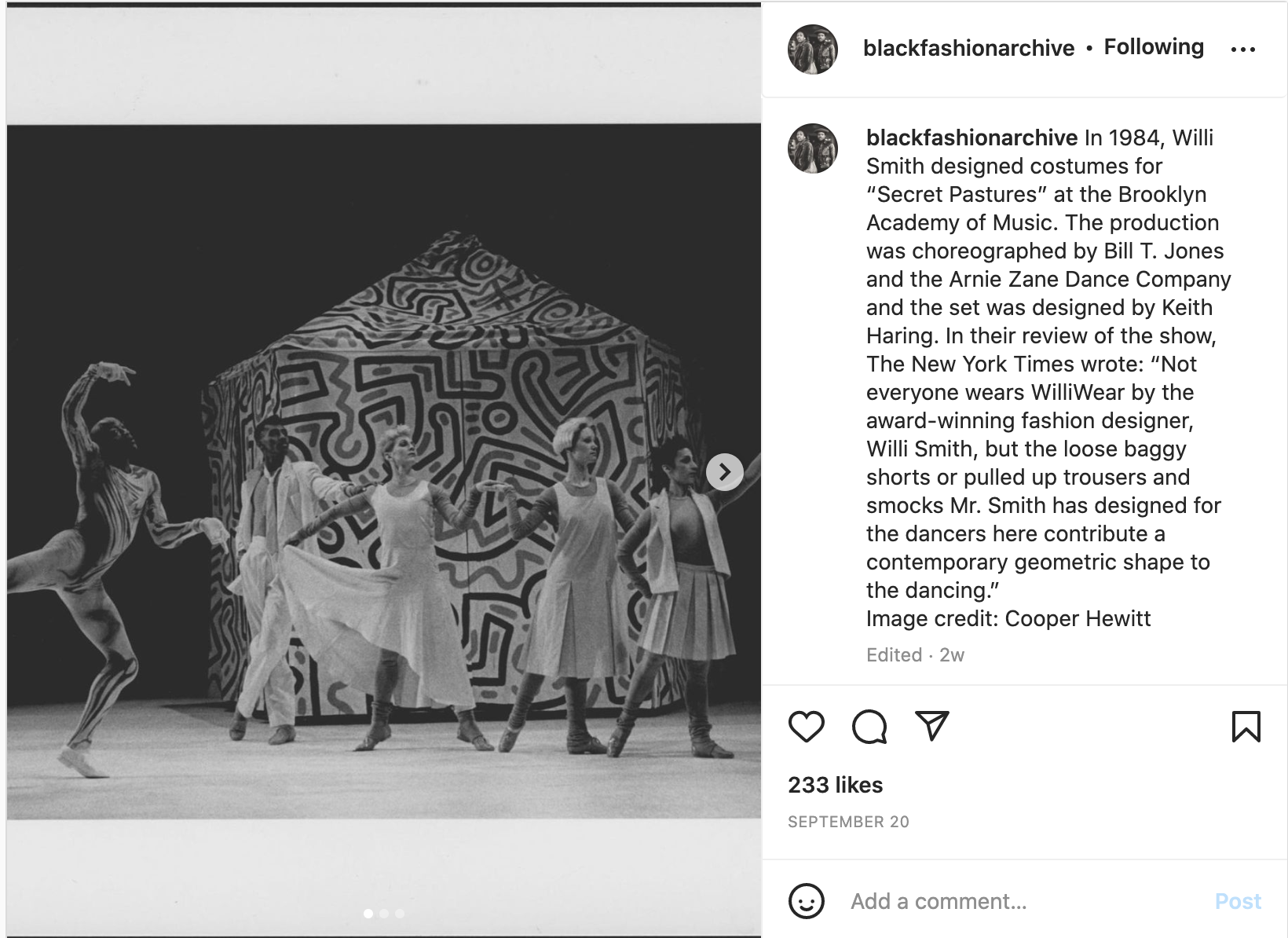
As SST researchers, we acknowledge the ways that SSTs have also had an influence in visual cultures and sartorial choices of its enthusiasts and practitioners. Visual archives such as the Black Fashion Archive allow us to see how these developments fit into a larger ethos of Black visual and material culture.
The Working Class History Instagram account is a potent tool in learning about transnational working class and labour movements against capitalism and imperialism from photographs across the world.
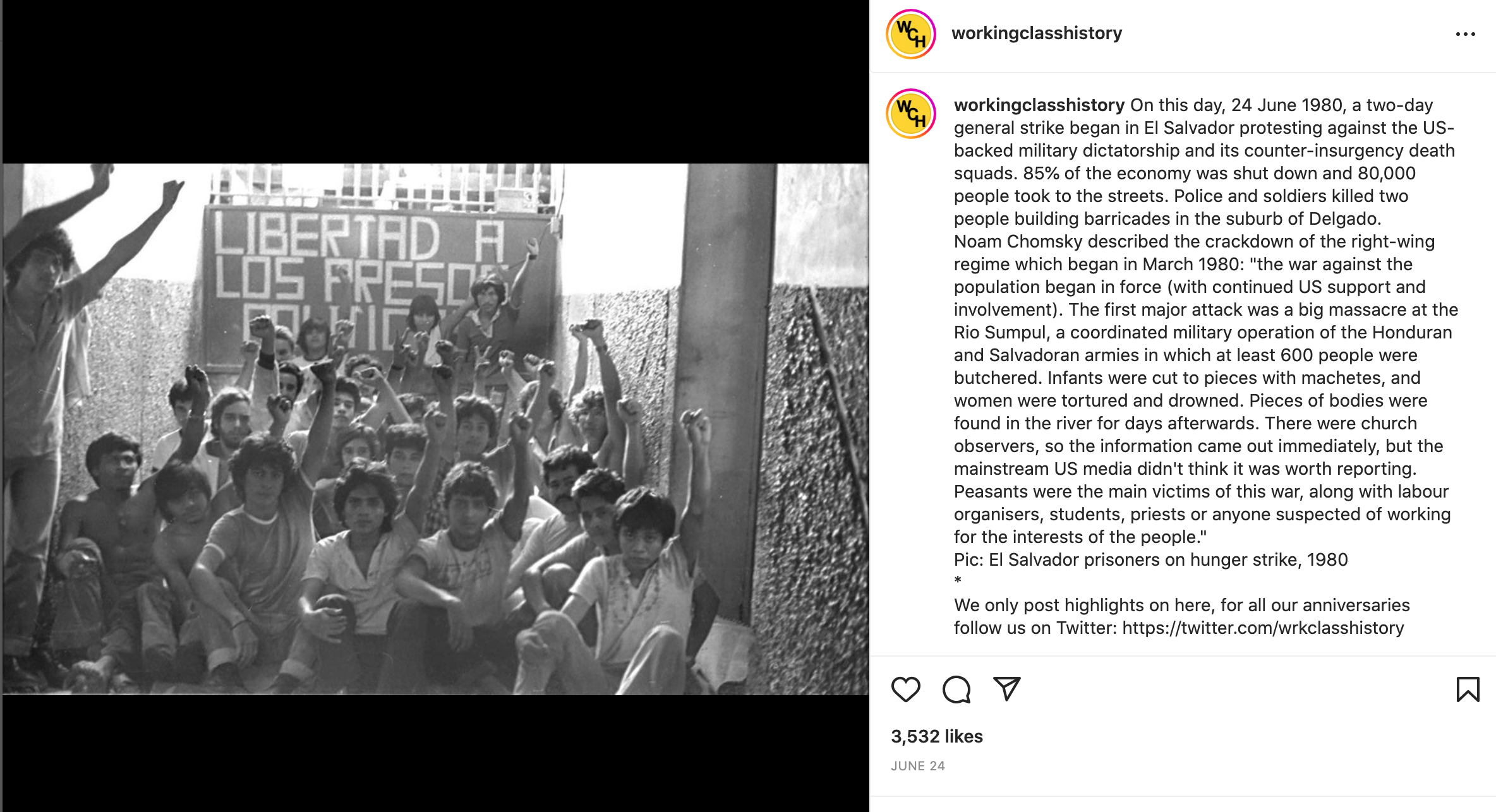
In the context of SSTs, it is essential to understand how they often played a role in local working class and labour movements that used its sonic apparatus to create the conditions for social change. The Working Class History account shows us the breadth of these movements and the tactics they have used over time.
The Subculture Archives website is a vast collection of primary sources on youth culture from the last 100 years. As sound system culture developed in the UK, it coincided with the growth of other musical genres and subcultures, often with a shared ethos. These histories can be explored at the Subculture Archives.
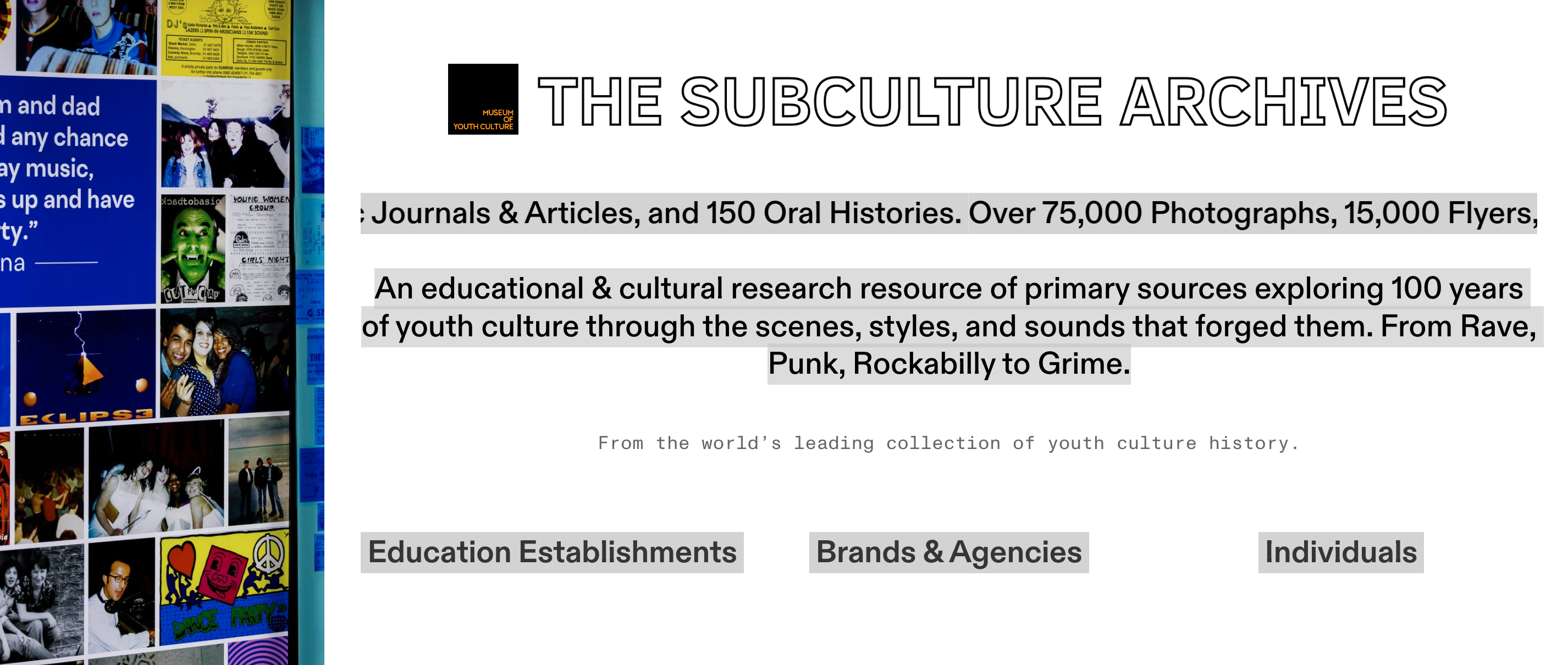
Decolonising the Archive is an organization that offers online and in-person training in situating pan-African archives within the context of coloniality, within the UK and beyond. Since the SST project attends to histories of migration and technological and cultural syncretism over decades, Decolonising the Archive is a rich resource for situating these cultural events of importance in the context of broader sociopolitical history as it relates to Africa and Africans. Decolonising the Archive also features a radio show and a podcast.
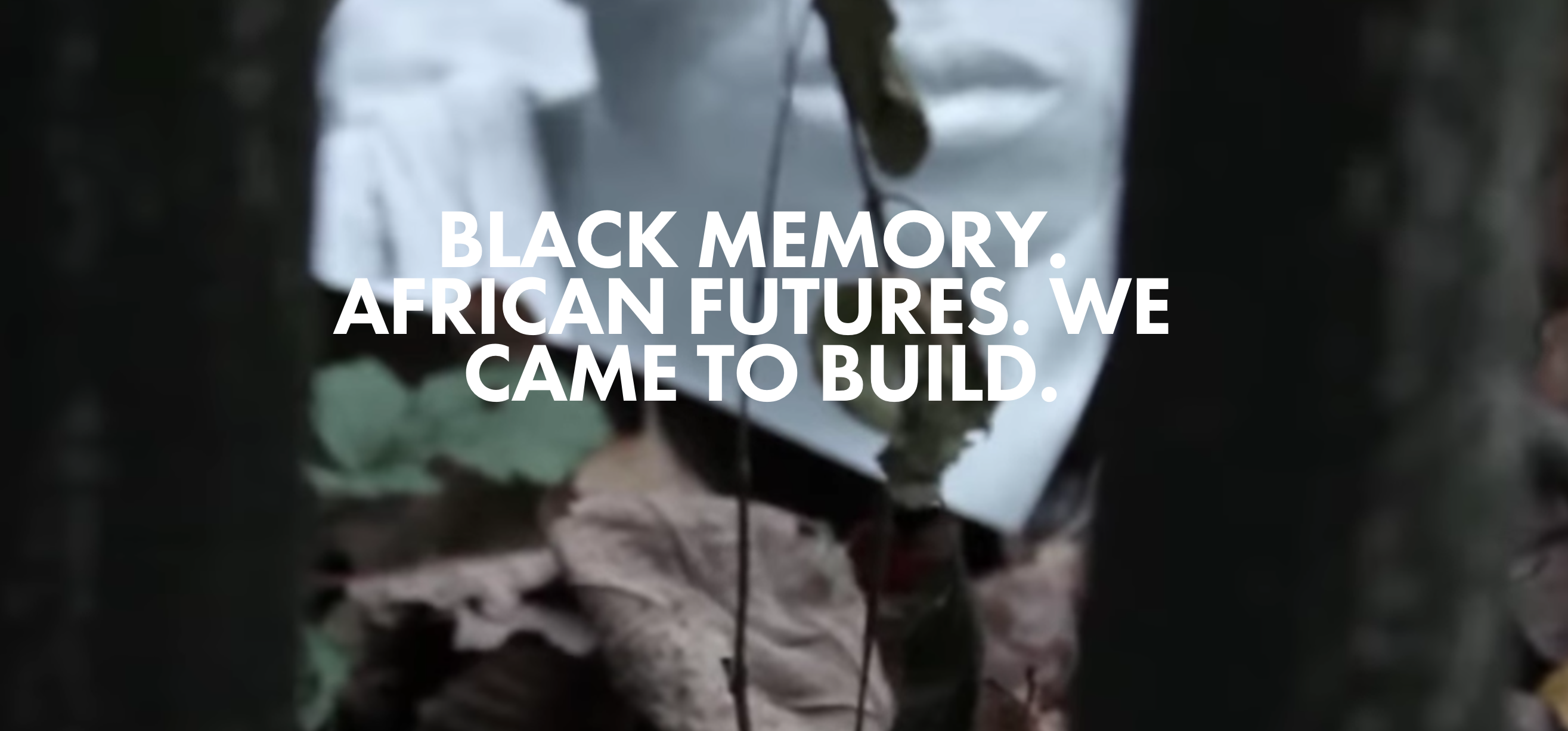
Roshni Kempadoo’s book Creole in the Archive traces the presence of visual cultures representing the hybrid identities and cultures unique to the Caribbean. As one of the main figures of SST, the Jamaican sound system, emerged from such a cultural context, it is essential to see how this informs the future analysis of the proliferation of SST worldwide.
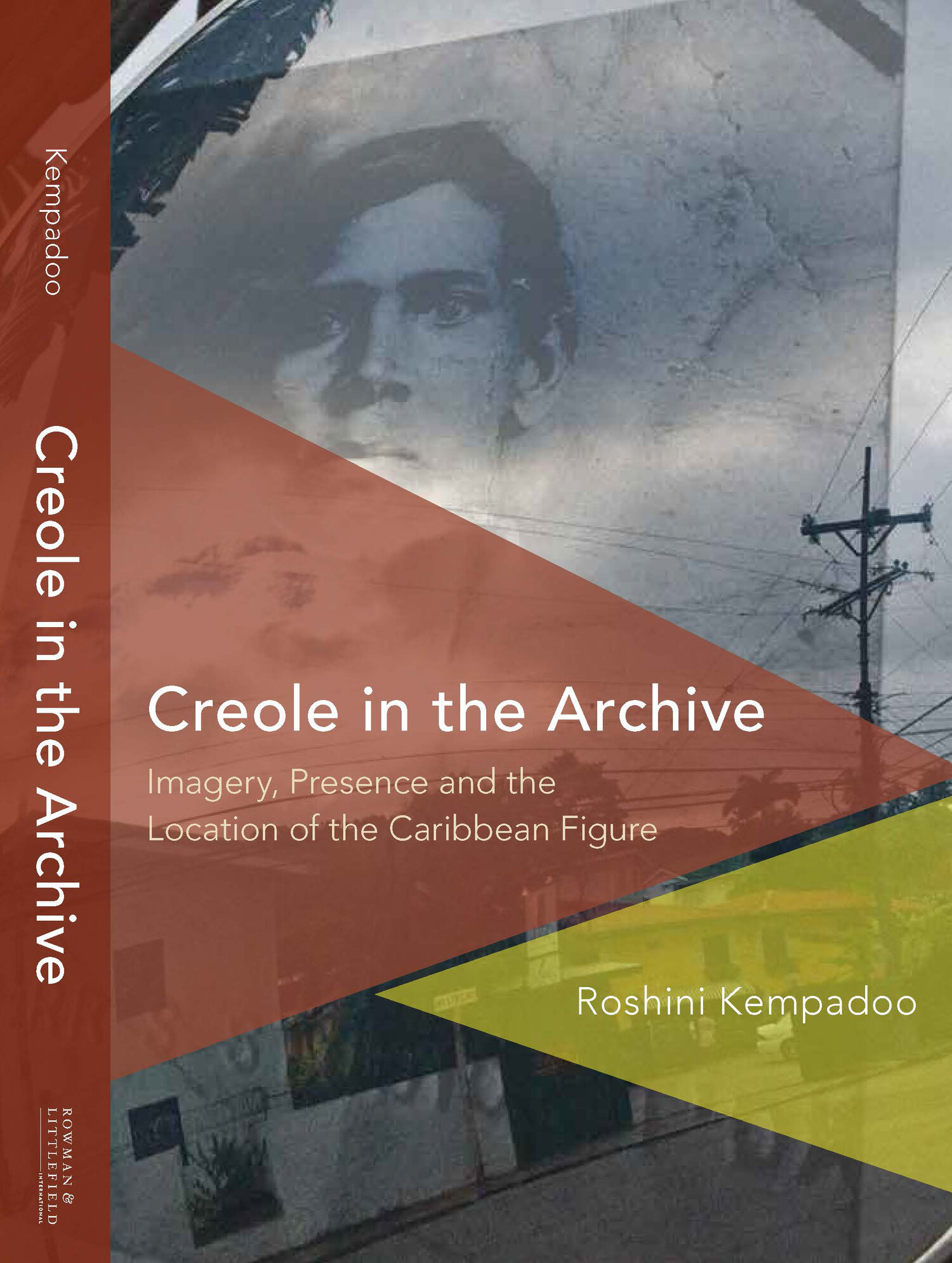
Texts such as Creole in the Archive help us decode the silences about hybridity and syncretic forms of culture that may occur in many instances elsewhere in the world. Whether in the SST project or elsewhere, it helps us situate disparate socio-cultural contexts and shows us tools to make sense of points of cultural and political confluences.
